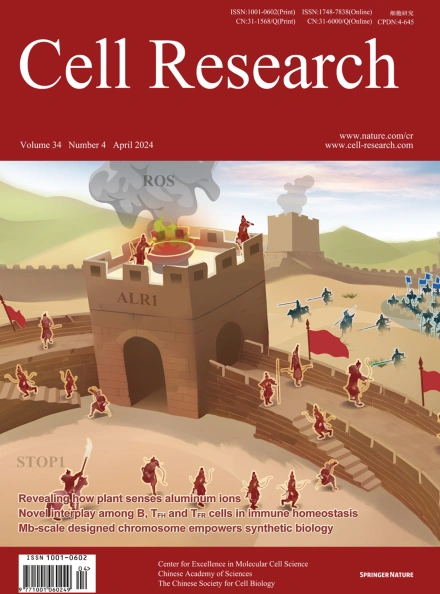
Advanced Search
Submit Manuscript
Advanced Search
Submit Manuscript
Volume 34, No 4, Apr 2024
ISSN: 1001-0602
EISSN: 1748-7838 2018
impact factor 17.848*
(Clarivate Analytics, 2019)
Volume 34 Issue 4, April 2024: 279-280
Flooding plant apoplast through water and solute channels
Jianping Zhang1 , Daowen Wang2,* , Zheng Qing Fu3,*
1Plant Breeding Institute, Faculty of Science, The University of Sydney, Cobbitty, NSW, AustraliaInducing water-soaking symptoms is a key early step during the pathogenesis of many fungal, oomycete, and bacterial pathogens. A recent publication in Nature by Nomura et al. showed that the conserved AvrE-family type III effectors from several Gram-negative plant bacterial pathogens function as water and solute channels in the plant cell membrane, creating an aqueous nutrient-rich apoplastic space for the multiplication of these bacterial pathogens.
https://doi.org/10.1038/s41422-023-00898-w